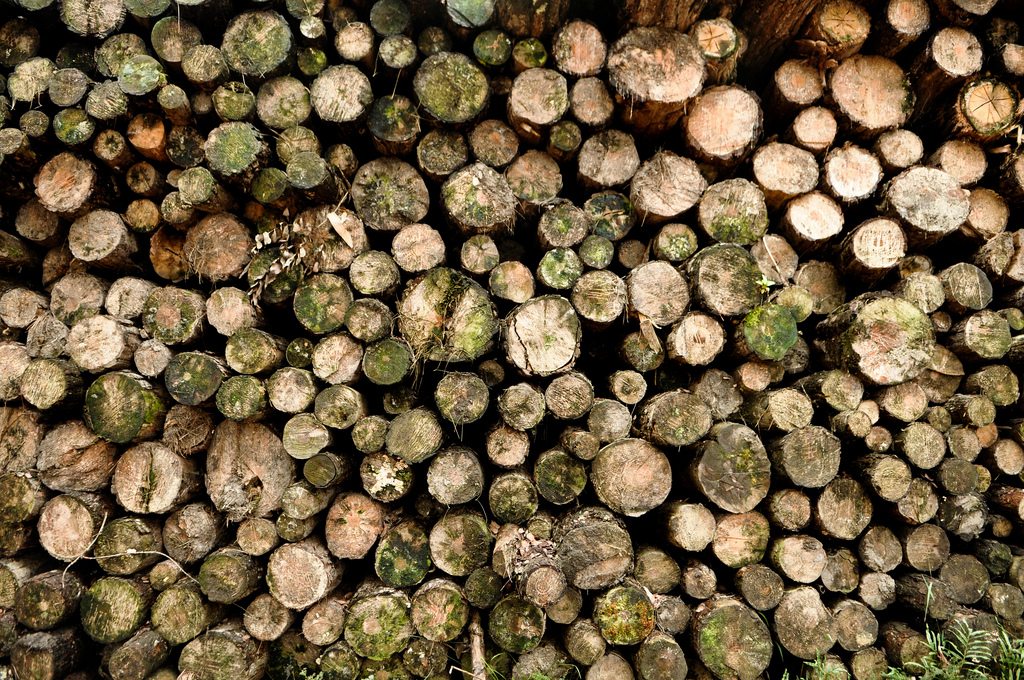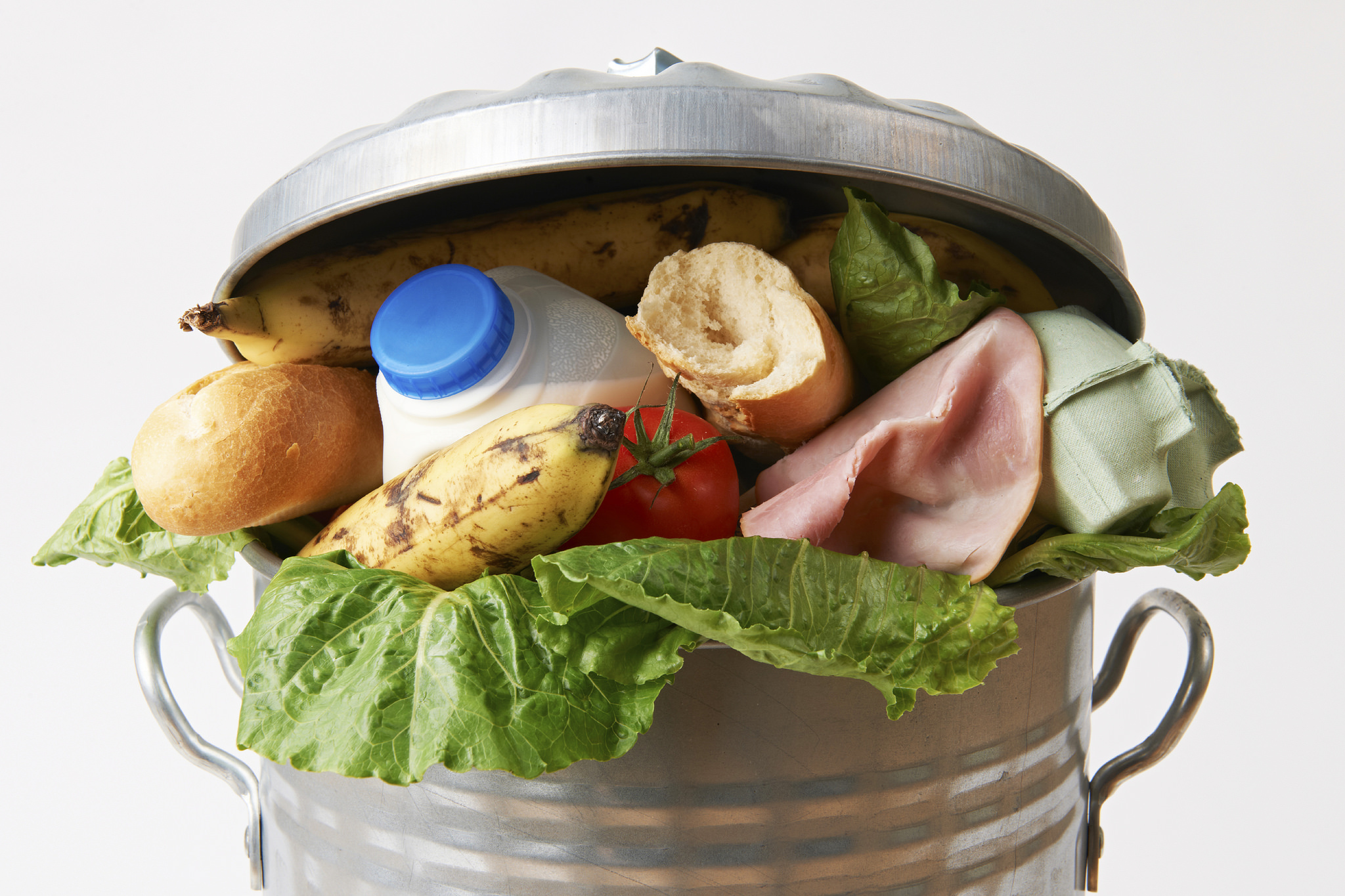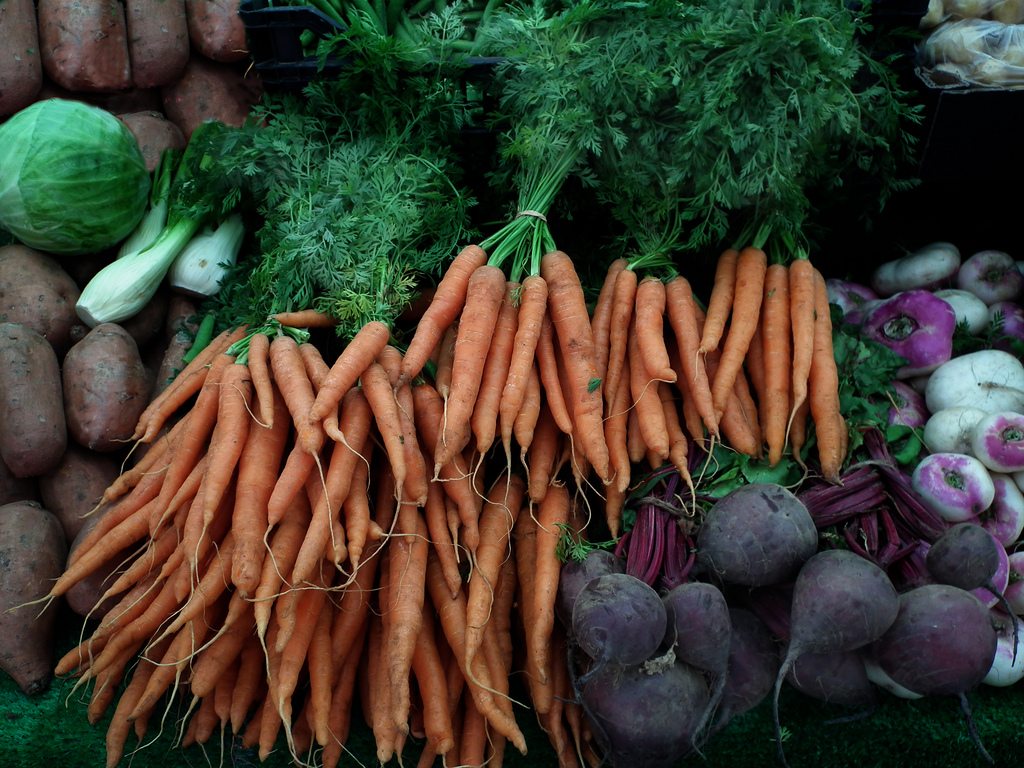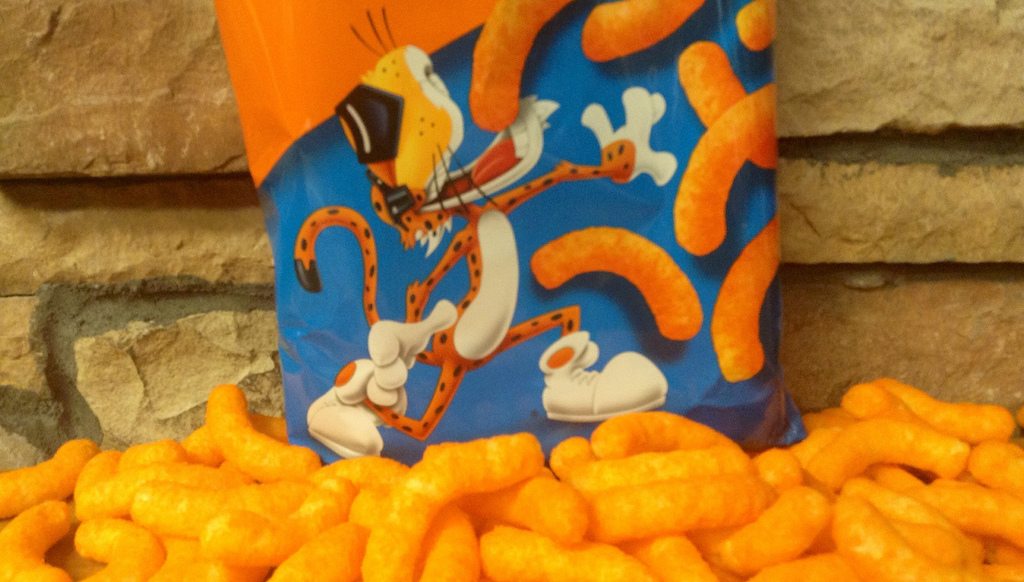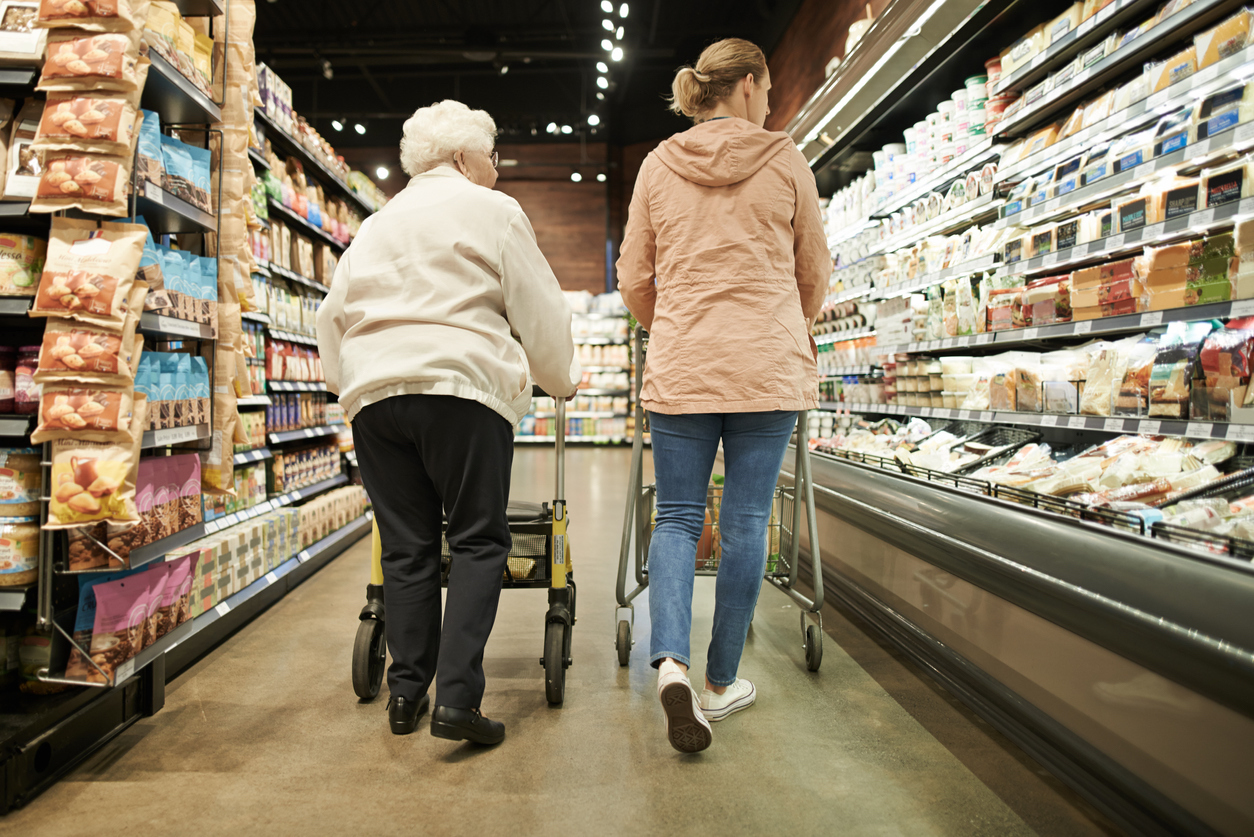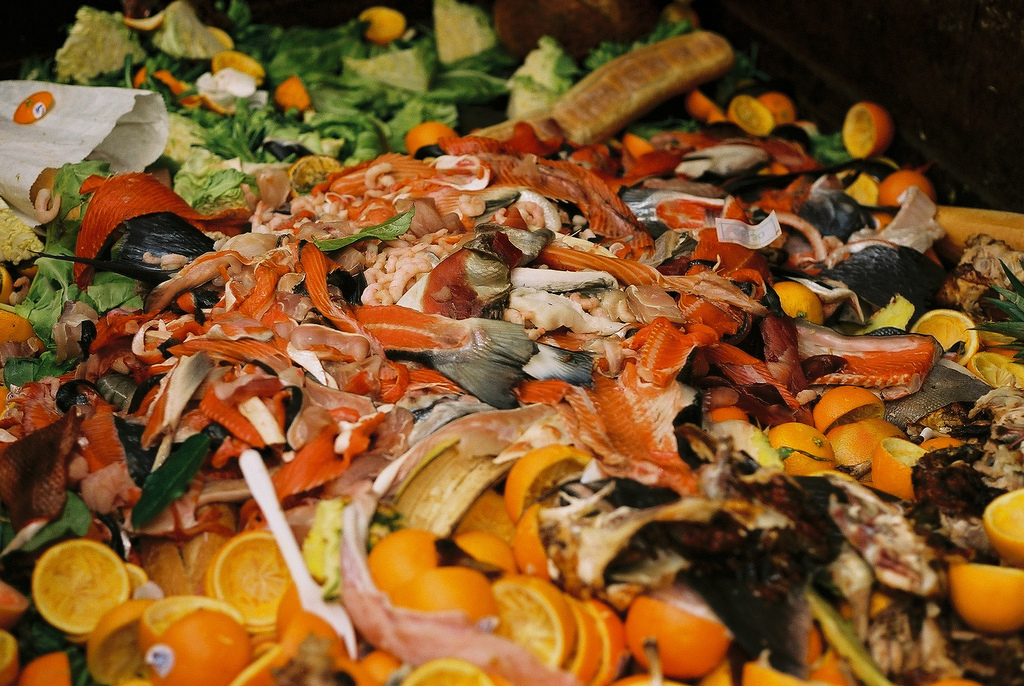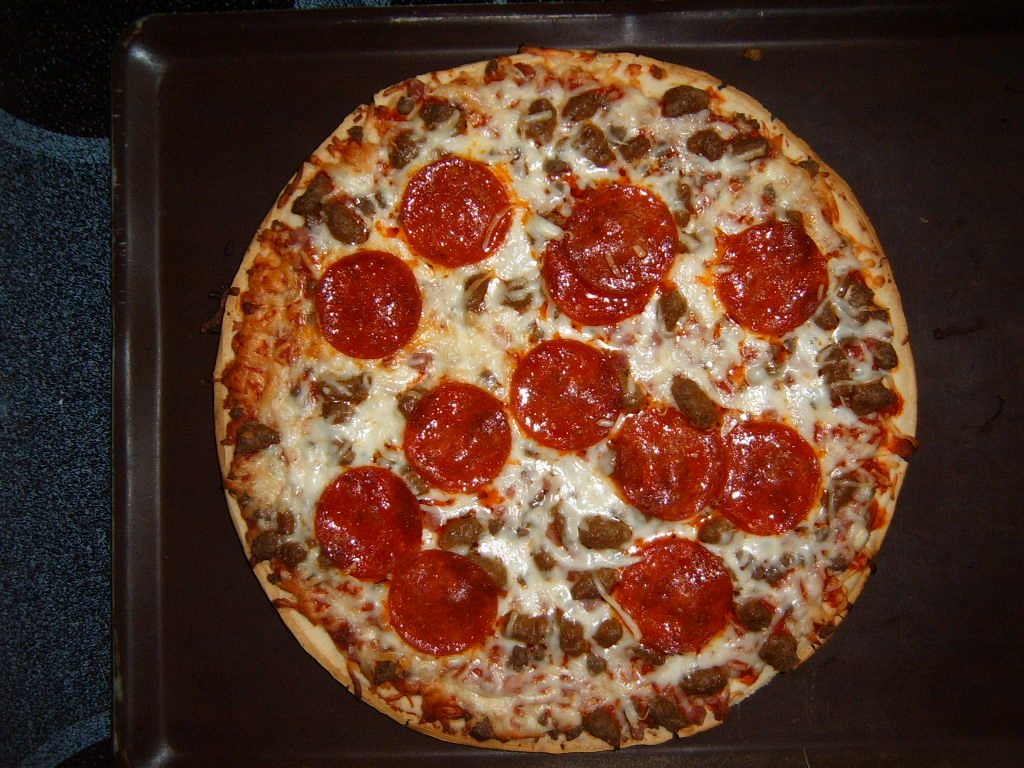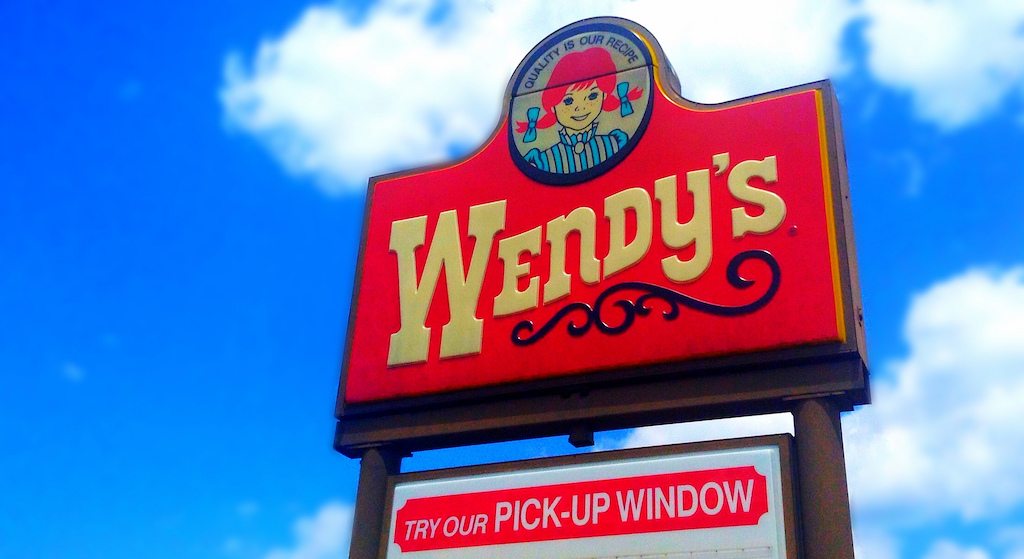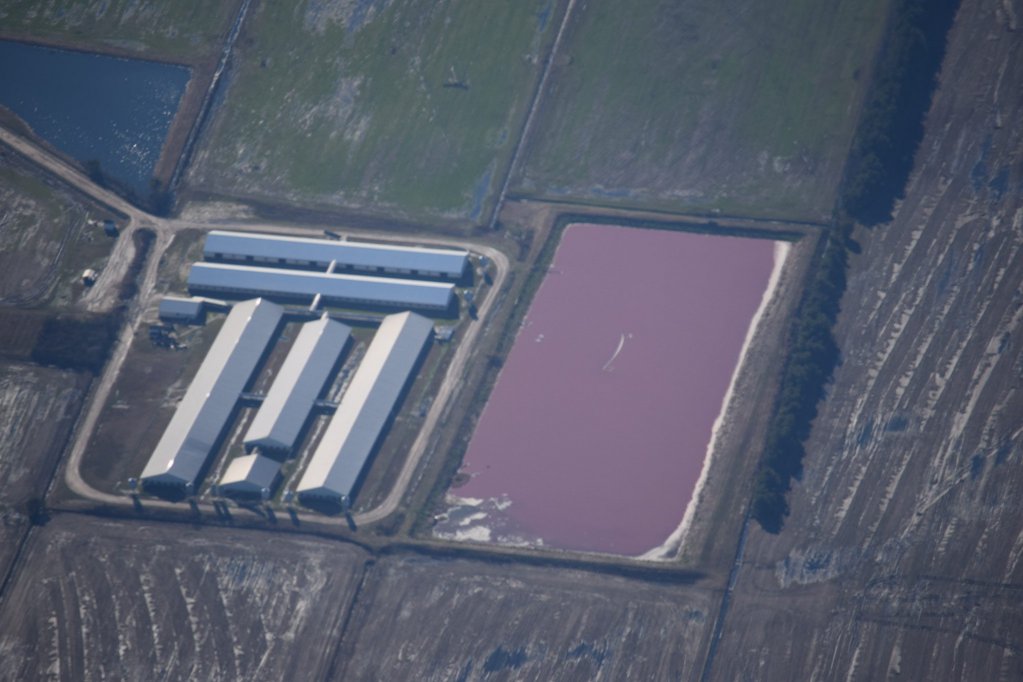
EWG
Headlines in recent weeks have read a little like end times for Big Food. Yes, a handful of massive corporations still control the vast majority of the nation’s $1.5 trillion food industry. And yes, consumer behavior tilts in the direction of “good food,” but at the same time still seems to favor fast and cheap and available on demand…
But if what we’re reading (and what’s unfolding in a parallel sector–politics) is predictive of future earthquakes in the-world-as-it-once-was, then this recent wave of tremors may hint that Big Food is publicly rupturing. Or starting to.
Here’s the latest from along the fault lines:
First, the New York Times magazine devoted an entire issue to the topic, titled “Can Big Food Change?” Its coverage didn’t explicitly make the case that Big Food is in trouble—and Michael Pollan’s essay on the industry’s legislative clout in Washington suggested otherwise—but the other articles suggest a remade food landscape: Mars’s search for a naturally-derived blue food dye for its blue M&Ms, the prepared food industry’s quest for a healthier frozen pizza (written by NFE consulting editor Corby Kummer), intensified wrangling between factory farms and undercover animal rights activists. (Oh, and gossip alert: White House chef Sam Kass is pissed about Pollan’s depiction of the Obamas in his piece.)
Elsewhere, there were signs that Big Food might be in an industry-wide decline.
Big Soda: A new study revealed that nearly 100 health organizations—including the American Diabetes Association and the American Heart Association—were taking corporate sponsorship dollars from Coca-Cola and PepsiCo.
Big Dairy: In Wisconsin, USDA is buying back $20 million worth of cheddar cheese to help producers handle pricing drops spurred by market glut. And the egg industry’s got a little…well, you know…on its face: new revelations about its secret, two-year war against vegan mayo company Hampton Creek don’t make it look so good.
Big Ag: A major study poked holes in the theory that intensive production helps “feed the world,” demonstrating that the nation’s industrially-grown food mostly feeds the global middle class. At the same time, farmworkers at Sakuma Brothers—a Washington berry farm that supplies Driscoll’s—have unionized, creating a model for other farms across the state.
Big Meat: You’ve read a lot about Tyson in our pages recently: Last week, it settled a $1.6 million-dollar worker discrimination suit. Perhaps more significantly, Tyson is now embroiled (embroilered?) in a massive price-fixing class action against the chicken industry, which caused the company’s stock to dive 8.9% last week. Yes, it’s since rebounded somewhat. But the latest on Tyson—today’s news that it’s buying a 5% stake in futuristic alternative meat company, Beyond Meat—is a sign that it doesn’t want to keep its…well, you know…in one basket.
Of course, none of these developments is big enough to change Big Food on its own—though they may be microfissures that precede the mega earthquake. But doomsday preppers, take note: the earthquake, when it comes, may not be one the “good food” movement is hoping for. It might, instead, be what some in the “good food” movement have always feared: that in order to change the system, “good” and Big will have to work together. —Kate Cox, Joe Fassler, Claire Brown
Note: In the newsletter version of this post, we erroneously identified Sakuma Brothers as a California-based farm. It is based in Washington.
